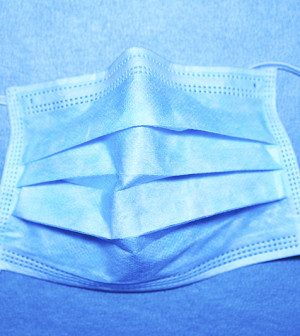- Skip Storing This Everyday Product in the Fridge Door
- Green Tea + B3 Pairing May Boost Brain Health
- Navigating Your Midlife Crisis: Embracing New Possibilities
- City Raccoons Showing Signs of Domestication
- Mapping the Exposome: Science Broadens Focus to Environmental Disease Triggers
- One Week Less on Social Media Linked to Better Mental Health
- Your Brain Changes in Stages as You Age, Study Finds
- Some Suicide Victims Show No Typical Warning Signs, Study Finds
- ByHeart Formula Faces Lawsuits After Babies Sickened With Botulism
- Switch to Vegan Diet Could Cut Your Greenhouse Gas Emissions in Half
HIV Transmission Between Women Rare, But Possible: CDC


A case report of a woman who was infected with HIV during sex with another woman shows that such transmission of the virus is possible, health officials say.
The case occurred in Texas in 2012 and involved two women who were a monogamous couple for six months. One of them had HIV, and the other did not. The couple routinely did not take any protective measures during sex, and had engaged in sexual activity that resulted in the exchange of blood through abrasions.
The partner who had been HIV-free became infected. Health officials could find no other HIV risk exposures for the newly infected woman, and concluded that it was likely she was infected by her partner.
While the risk of HIV transmission between female sex partners is low, it can occur when bodily fluids such as menstrual blood and vaginal fluids come into contact with a cut, abrasion or a mucus membrane (the tissue that lines body cavities such as the mouth and vagina), according to the report authors.
The researchers said this case study emphasizes the need for all couples — including women who have sex with women — to take measures to prevent HIV transmission. These steps include avoiding all contact between HIV-infected blood or blood-contaminated bodily fluids and broken skin, wounds or mucus membranes.
The report is published in the March 13 issue of the U.S. Centers for Disease Control and Prevention’s Morbidity and Mortality Weekly Report.
More information
The U.S. Centers for Disease Control and Prevention has more about HIV prevention.
Source: HealthDay
Copyright © 2025 HealthDay. All rights reserved.










